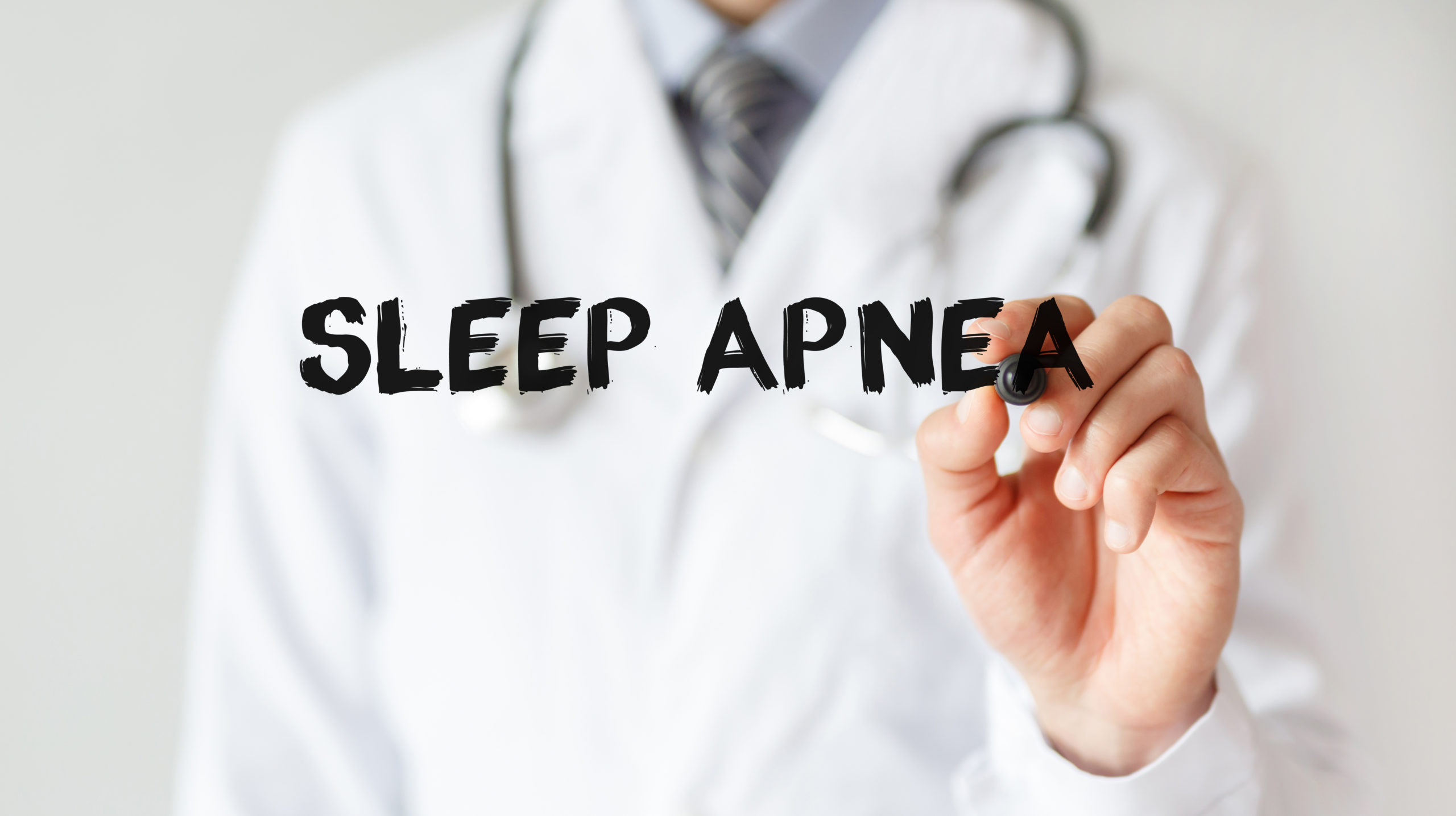Find out if you’re doing it right
Have you ever paid attention to the way that you breathe? What about the way that your child breathes? How a person breathes matters. It can determine how you eat, affect your ability to get proper rest, your vulnerability to allergies and sinus congestion, and have a significant impact on both your oral health and overall health. It has been estimated that up to 80 percent of all Americans breathe primarily through the mouth, which actually is the incorrect, and unhealthy, means of breathing. This blog will explore the risks of mouth breathing in greater detail, and how Orthotropics® can help correct these potentially harmful breathing patterns.
When you breathe through the mouth, you aren’t getting enough oxygen.
Mouth breathing makes for an inefficient process and the body absorbs less oxygen than is actually needed. Moreover, breathing through the mouth causes the airway to dry out and constrict the lung’s alveoli, the structures in the lungs that filter oxygen and carbon dioxide into the bloodstream, which limits the amount of oxygen that is absorbed.
In regard to oral health, mouth breathing can cause dry mouth, which increases the risk of cavities and gum disease. Breathing in air through the mouth causes the harmful oral bacteria to multiply, and without saliva to rinse away the bacteria, oral health concerns are more likely.
Mouth breathing can exacerbate several pre-existing conditions including malignant tumor growth, sinusitis, GI problems, and skin diseases such as eczema and psoriasis. People who breathe frequently through the mouth are more likely to become snorers, which is the major warning sign of a sleep breathing disorder such as obstructive sleep apnea (OSA). Patients with sleep apnea experience blockages of the airway that, whether partial or complete, make it difficult to breathe and disrupt the sleep cycle, while also magnifying the risk of developing certain chronic, life-threatening health conditions like cardiac disease, hypertension, depression, and diabetes.
What makes nasal breathing so much better?
The nose actually is designed to prepare air for the body. The air you inhale is different when you breathe through the nose. There is a higher quantity of nitric oxide in the air inhaled through the nose; nitric oxide is beneficial, as it kills bacteria, while also encourages vasodilation of the blood vessels in the airways, arteries, and capillaries. This increased dilation encourages an increase in the surface area of the alveoli, therefore a greater absorption of oxygen and carbon dioxide occurs in the bloodstream.
Nasal breathing also is slower, meaning more oxygen can be absorbed over a longer period of time during both the act of inhaling and the exhaling, which take longer to complete. Consistently breathing through the nose can increase the oxygen capacity of the lungs, bolstering the link between the heart and lungs, and bringing both blood pressure and heart rate into an improved state of balance for some individuals.
Orthotropics® can change the way you breathe.
A technique developed more than 50 years ago by Dr. John Mew, a dental physician in England, Orthotropics® seeks to guide the proper growth of the face and jaws but has several other important treatment applications as well. In the case of individuals who breathe through the mouth, Orthotropics® can correct this potentially harmful habit through oral appliance therapy. Patients are prescribed a customized mouthpiece that is constructed from specific impressions of their teeth and mouth to make for a fit that is snug, secure, comfortable, and as effective as possible. When worn, this oral appliance guides the lower jaw forward and helps achieve the ideal resting oral posture: a resting state that includes having the lips together, the teeth together, and the tongue resting against the roof of the mouth. Individuals who have the optimum resting oral posture enjoy a greater state of harmony throughout the orofacial system. This rest posture also is much more conducive to breathing through the nose, as preferred, rather than breathing through the mouth. Other benefits of Orthotropics® include the development of wider dental arches and an expanded airway, making it easier to breathe and diminishing the likelihood of a sleep breathing disorder, such as sleep apnea, developing.
Mouth taping, which is part of the Buteyko method, has had success curtailing mouth breathing. This means of treatment involves sleeping with the mouth taped, essentially leaving the body just one way to breathe, through the nose. However, mouth taping only is considered to be a short-term method of treatment for people who are breathing through the mouth. Also, be sure to discuss this method of treatment with your doctor first to be sure that you are using the method safely and correctly.
When it comes to Orthotropics®, treatment early in life is key.
This method of treatment it has been found to be most effective when introduced between the ages of 5 and 9 years old, given how crucial that stage of development is to both long-term physical and mental well-being. To learn more about the benefits of Orthotropics®, or find a practitioner of this method of treatment near you, please visit the website of the North American Association of Facial Orthotropics® at orthotropics-na.org or send an email to [email protected].


